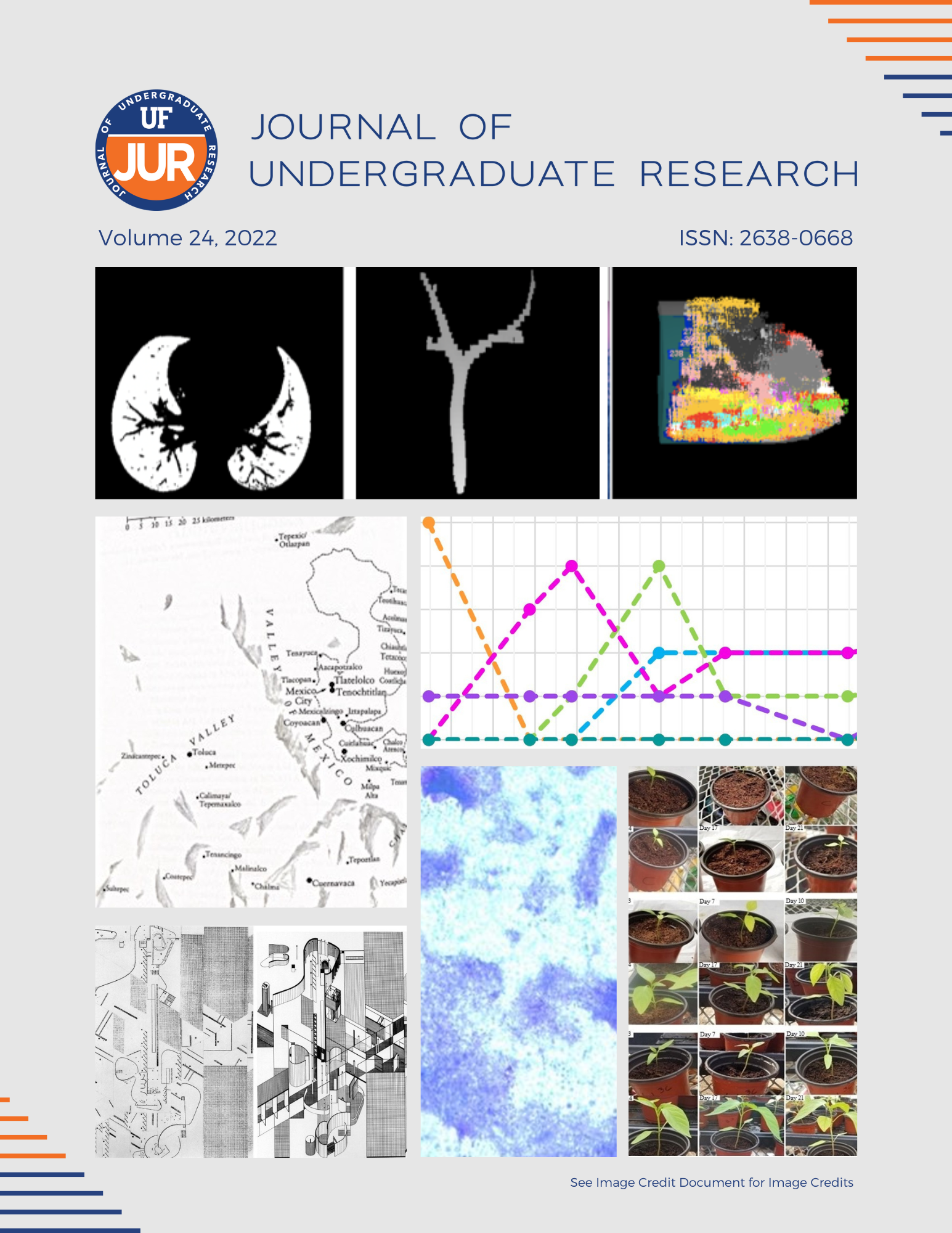The Narrative Space: John Hejduk’s Angelic Architecture
DOI:
https://doi.org/10.32473/ufjur.24.130772Keywords:
Narrative space, angel, poetry, drawingAbstract
Pragmatist modern architecture tends to dissociate mind and body and has been unable to dialogue with the human soul, but architectural educator John Hejduk challenged such an understanding of buildings as autonomous objects and strove for the soul of architecture, which had a direct connection to good humanity. This paper analyzes how Hejduk explored the design concept of “narrative space” to reflect on the predicament of meaninglessness in the built environment, implementing it through design to re-bridge human perceptual and emotional connection to the lost spiritual and cosmic world. The analysis focuses on his poems, experimental drawings, and the symbolism of angels to interpret the hermeneutic depth of historical meaning in his architecture and to define humanity as a poetical dwelling between heaven and earth. The paper discloses how Hejduk used the dialogue between poetical narrative and architectural geometrical form, the symbol of angels as divine messengers, the act of sketching as narrative composition, and the legacy of his architectural pedagogy to reinvent architecture as a more thoughtful design process toward the beauty of humanity. This paper demonstrates that Hejduk’s architectural approach generated a poetical resistance against Cartesian principles of modern architecture and established an expressive and critical design language, interweaving the multiple theoretical threads of memory, history, trauma, and poetical emotion into the production of marvelous space that can tell stories and inspire our passion for spiritual architecture.
Metrics
Downloads
Published
Issue
Section
License
Copyright (c) 2022 Ellery Susa

This work is licensed under a Creative Commons Attribution-NonCommercial 4.0 International License.
Some journals stipulate that submitted articles cannot be under consideration for publication or published in another journal. The student-author and mentor have the option of determining which journal the paper will be submitted to first. UF JUR accepts papers that have been published in other journals or might be published in the future. It is the responsibility of the student-author and mentor to determine whether another journal will accept a paper that has been published in UF JUR.

